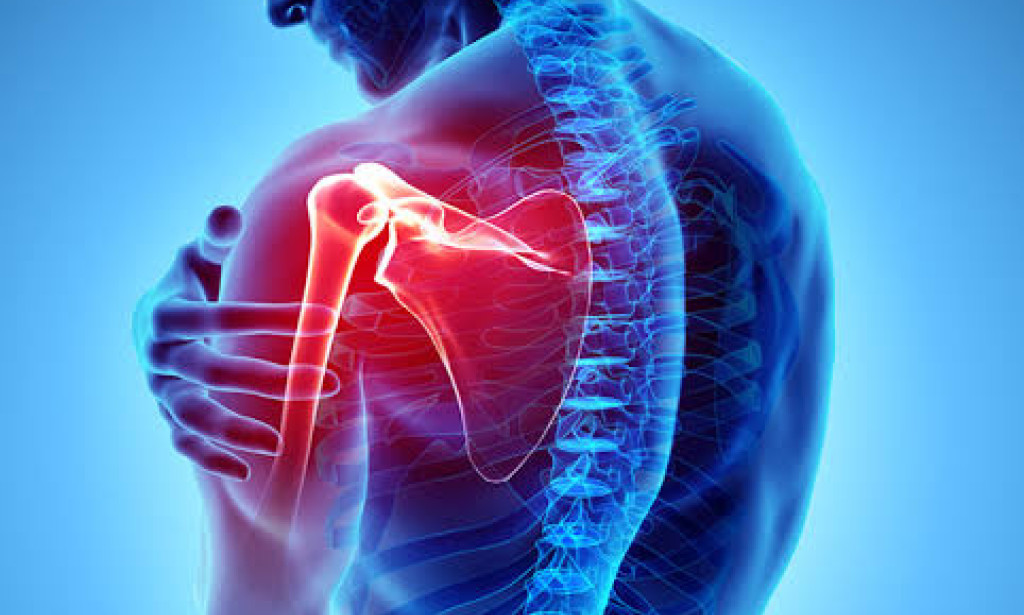Body pains and it's causes
Body pains can be caused by a wide range of factors. Here are some causes.
PHYSICAL FACTORS
- Muscle strain: overuse or injury to muscles can lead to pains in the body
- Poor posture: incorrect alignment of the body can put strain on muscle and joints.
- Injury or trauma: accidents, falls, or sports injuries can cause body pains.
- Over exertion: engaging in strenuous physical activity without proper rest and recovery can lead to pains all over the body.
- Repetitive strain: performing repetitive tasks or movements can lead to muscle fatigue and pains.

MEDICAL CONDITIONS
-Arithritis: inflammation of joints can cause pains and stiffness
- Fibromyalgia: A chronic condition characterized by widespread muscle pain and fatigue.
- Multiple sclerosis: A neurological condition that can cause muscle spasms and pains
- Hypothyroidism: An underactive thyroid gland can cause muscle aches and pains.
- Diabetes: High blood sugar levels damage nerves and causes pains in the body.
There are other factors that causes body pains
LIFE STYLE FACTORS
- Stress and anxiety: Tension and stress can cause muscle tightness and pains.
- Poor sleep: Lack of quality sleep or insommia can lead to muscle fatigue pains.
- Dehydration: Inadequate fluid intake can lead to muscle cramps and pains.
- Smoking: Smoking can reduce blood flow and oxygen delivery to muscles, leading to pains. Other factors also includes
Other factors also includes
- Hormonal changes: Hormonal fluctuations during menstruation, pregnancy, or menopause.
- Medication side effects: Certain medications can cause muscle pains as a result of it's side effects
- Environmental factors: Exposure to toxins, heavy metals, or extreme temperatures can also bring about body pains.
- Genetic predisposition: Some people may be more prone to body pains due to their genetic makeup.
Ways in which body pains can be avoided
Here are some tips to help avoid body pains:
LIFE STYLE CHANGES
- Avoid carrying heady objects: Excess weight can put strain on muscles and joints.
- Exercise regularly: Engage in moderate-intensity exercise, such as walking, cycling, or swimming.
- Stretch and move: Incorporate stretching and movement into your daily routine.
- Maintain good posture: Practice good posture to reduce strain on muscles and joints.
- Take breaks: Take regular breaks to rest and stretch.
Ergonomic Adjustments
- Adjust your work place: Ensure your workspace is set up to promote good posture.
- Use ergonomic furniture: Invest in ergonomic furniture, such as a supportive chair and desk.
- Position your computer correctly: Place your computer directly in front of you, at a comfortable distance.
Stress Reduction
- Practice relaxation techniques: Engage in relaxation techniques, such as meditation, deep breathing, or yoga.
- Get enough sleep: Aim for 7-9 hours of sleep per night.
- Take time to unwind: Engage in activities that bring you joy and help you relax.
Nutrition and Hydration
- Stay hydrated: Drink plenty of water throughout the day.
- Eat a balanced diet: Focus on whole, nutrient-dense foods, including fruits, vegetables, whole grains, lean proteins, and healthy fats.
- Avoid inflammatory foods: Limit or avoid foods that can trigger inflammation, such as processed meats, sugary drinks, and refined carbohydrates.
Preventative Measures
- Wear supportive footwear: Wear shoes that provide adequate support and cushioning.
- Use proper lifting techniques: Lift objects correctly, using your legs and core muscles.
- Avoid repetitive strains on muscles: Take regular breaks to rest and stretch when engaging in repetitive activities.
Regular Maintenance
- Get massages regularly: Treat yourself to regular massages to help reduce muscle tension.
- Practice self-care: Engage in activities that promote relaxation and stress reduction.
- stay flexible (stretch your body): Incorporate stretching and flexibility exercises into your routine.
By incorporating these tips into your daily routine, you can help reduce your risk of body pains and maintain overall health and well-being.

You must be logged in to post a comment.